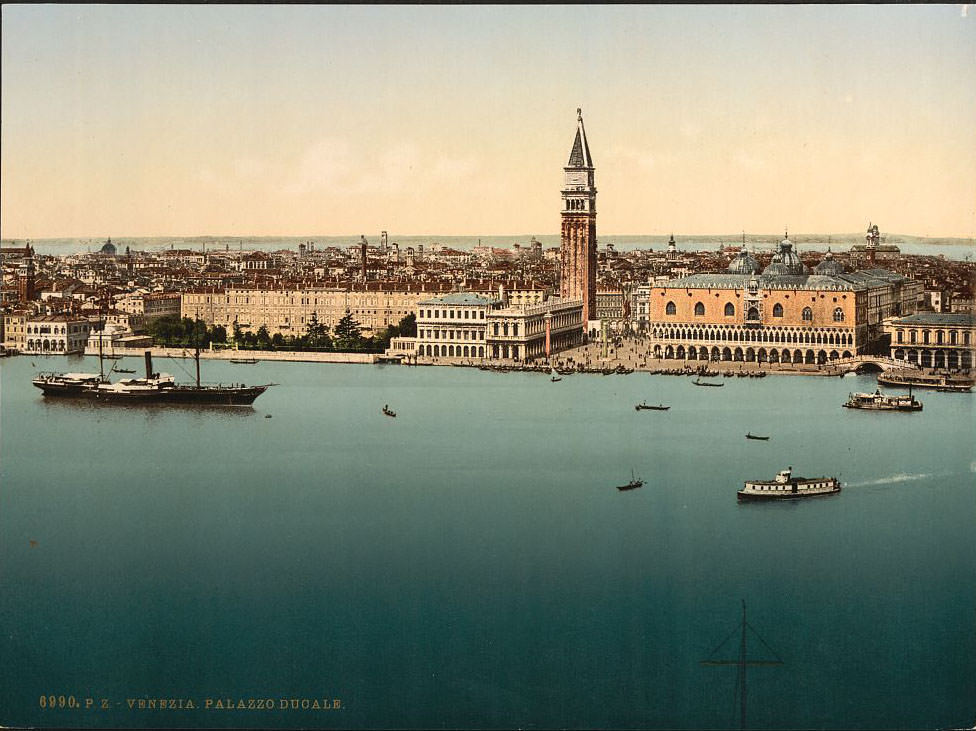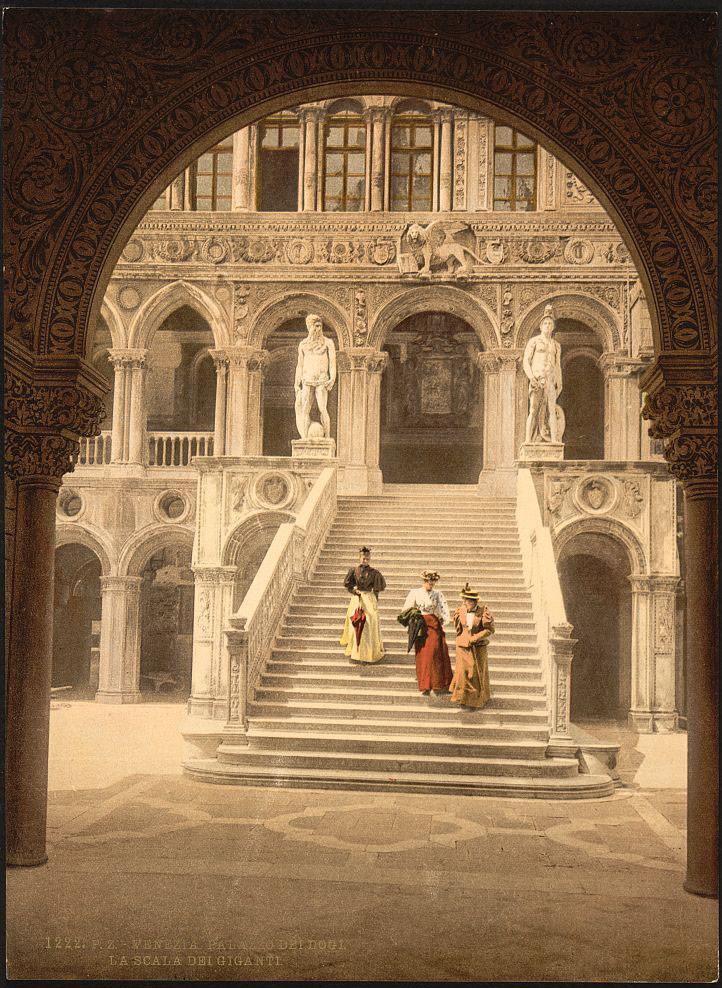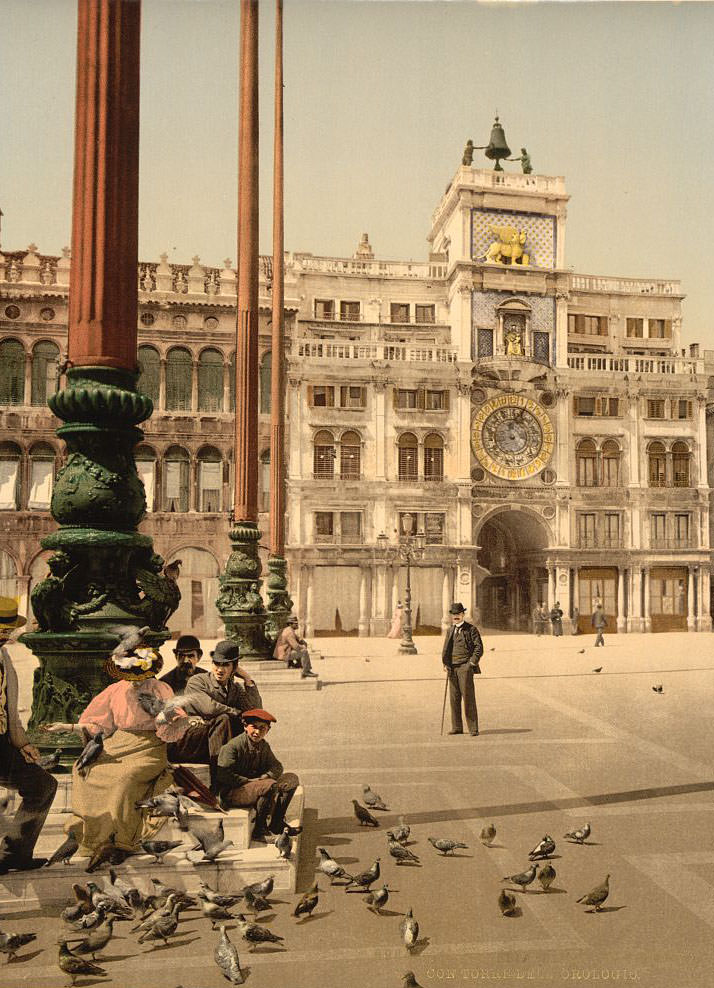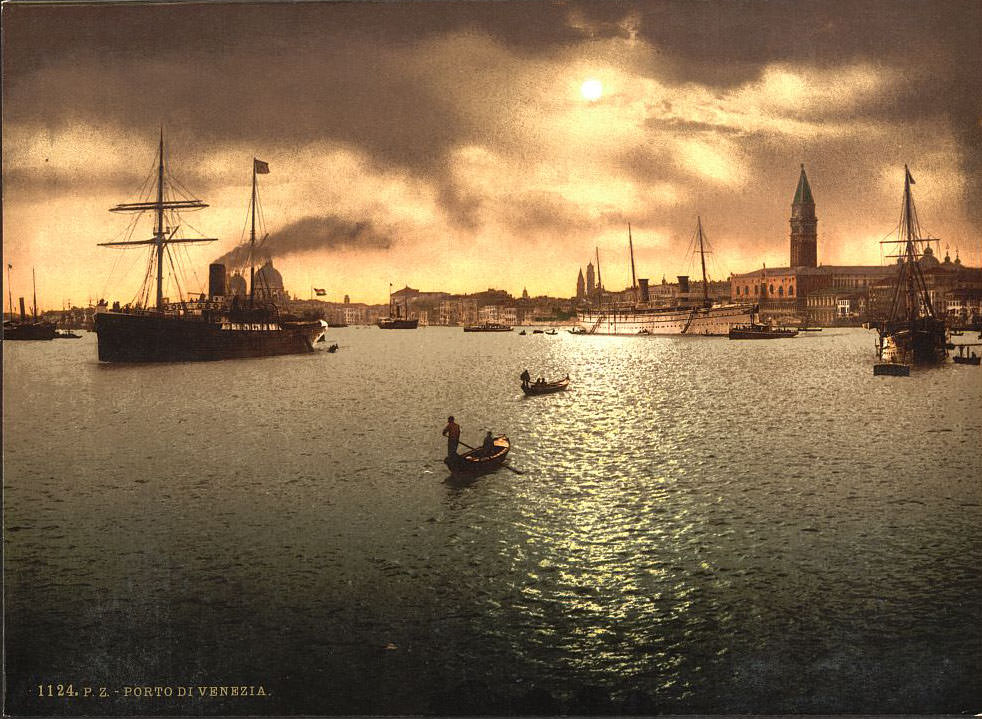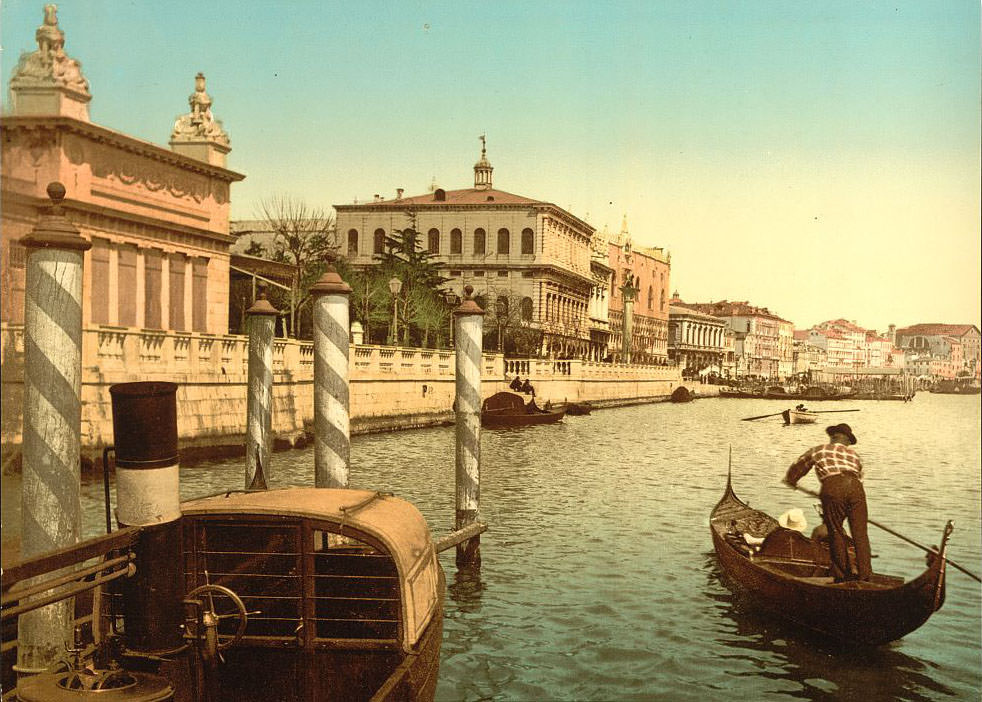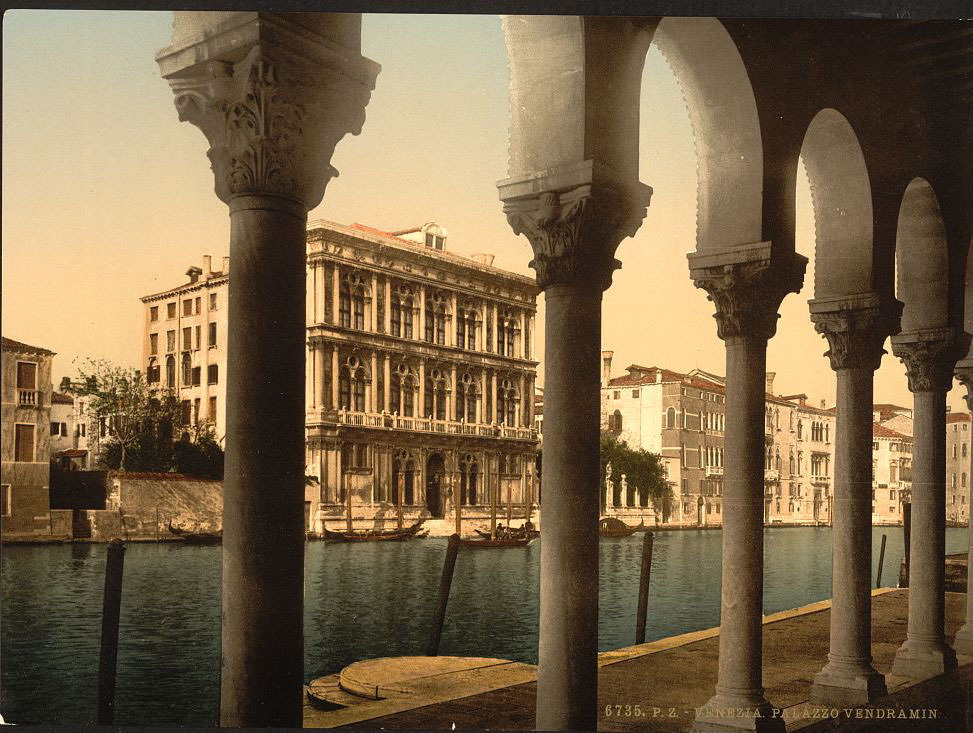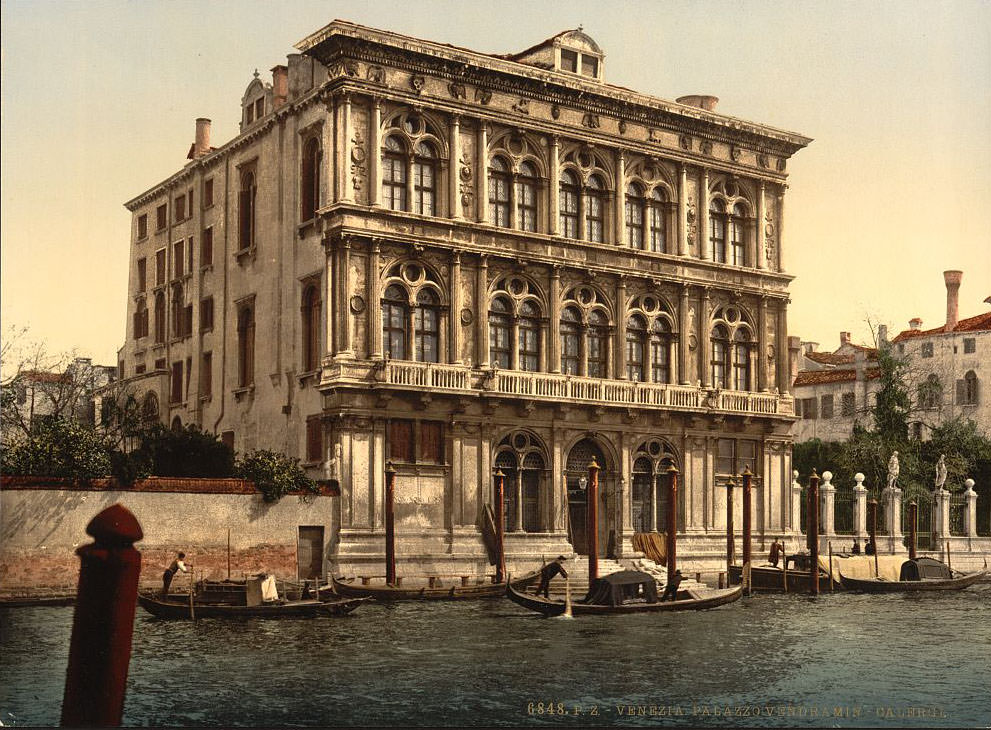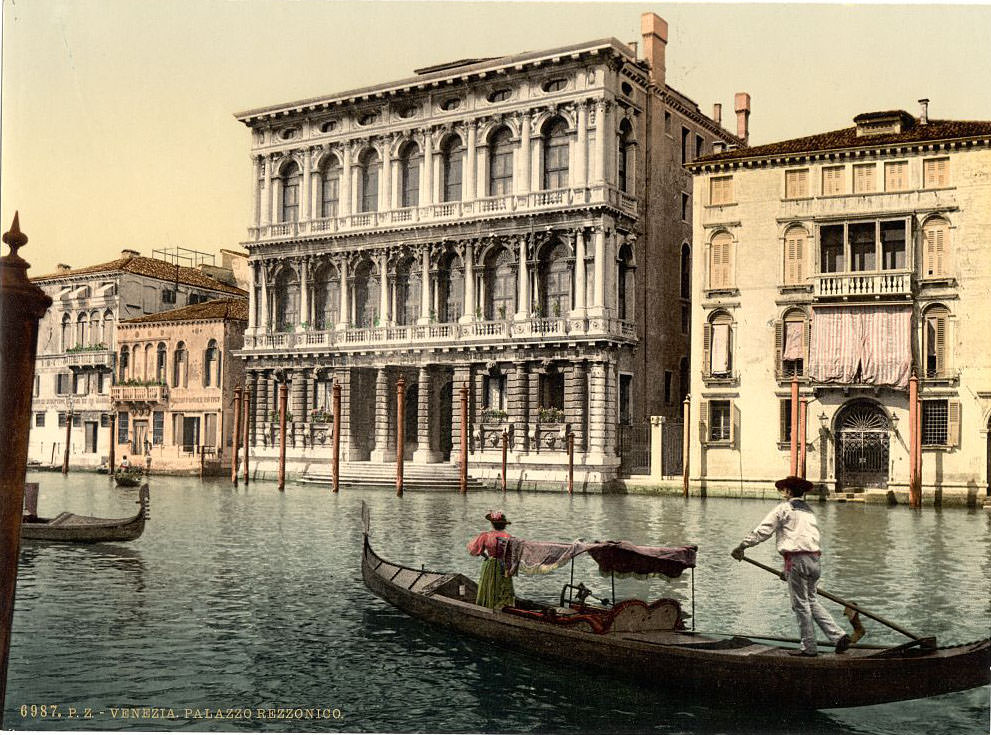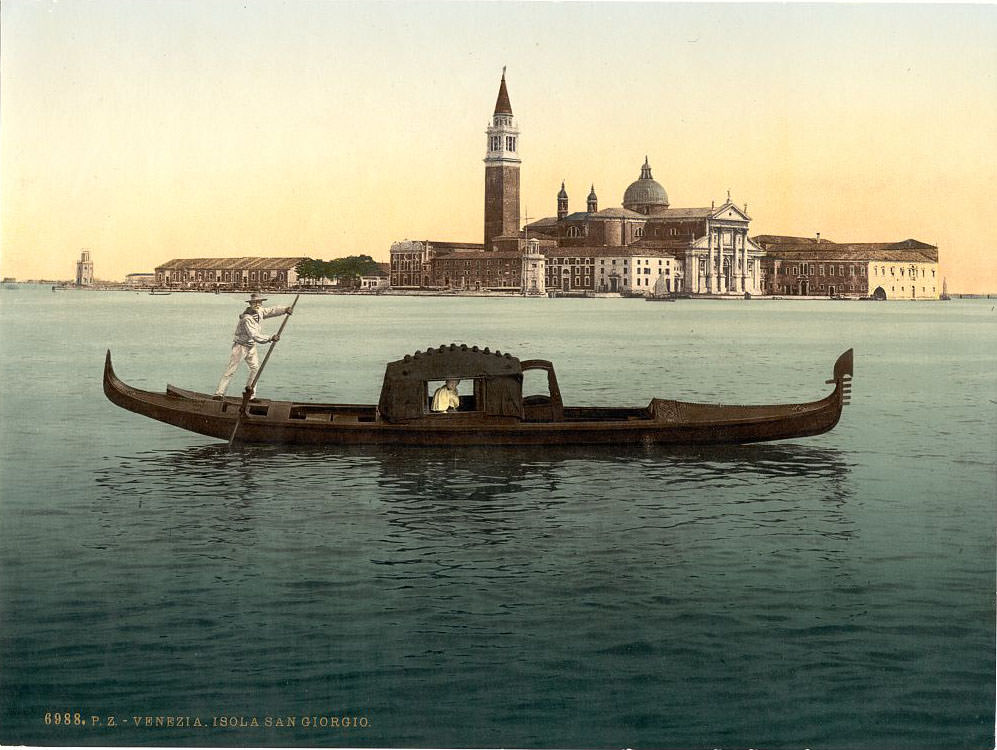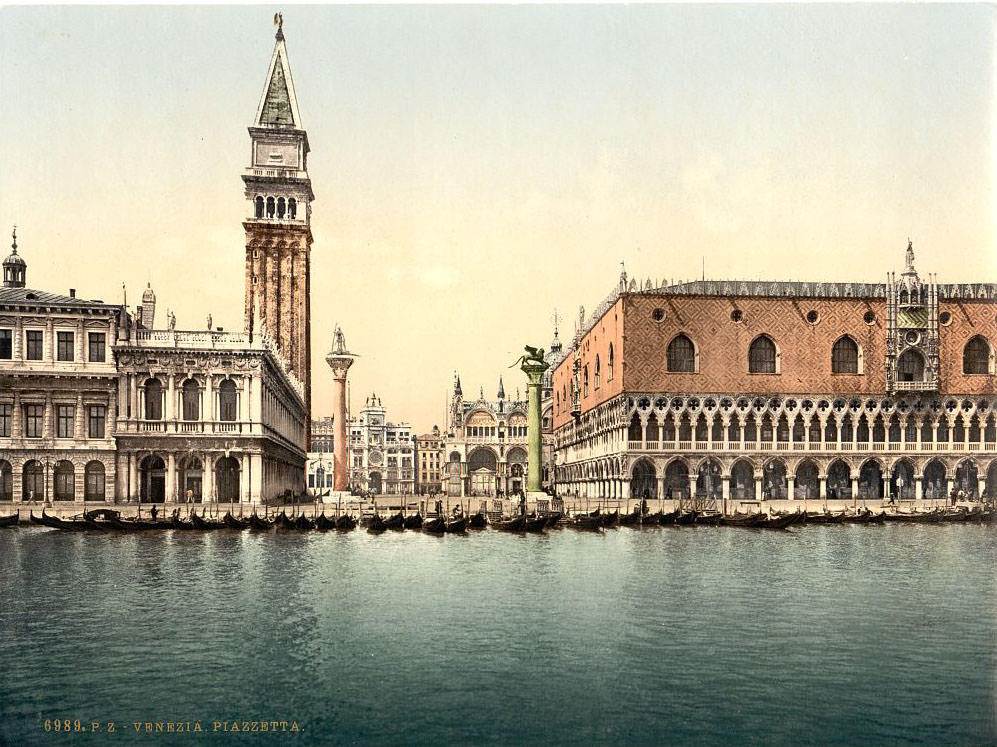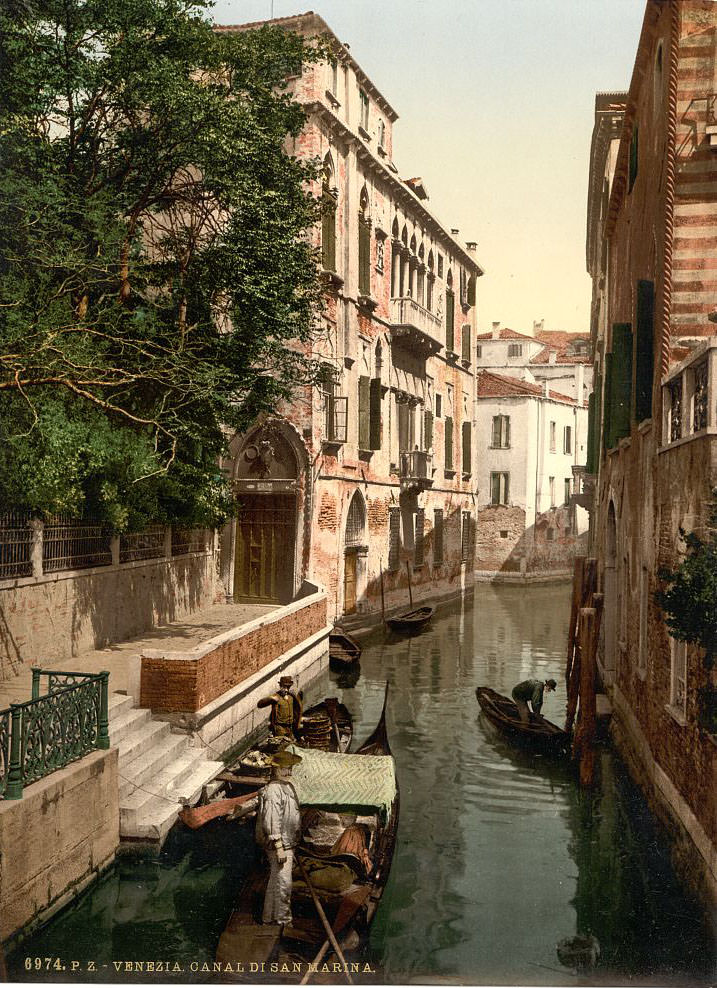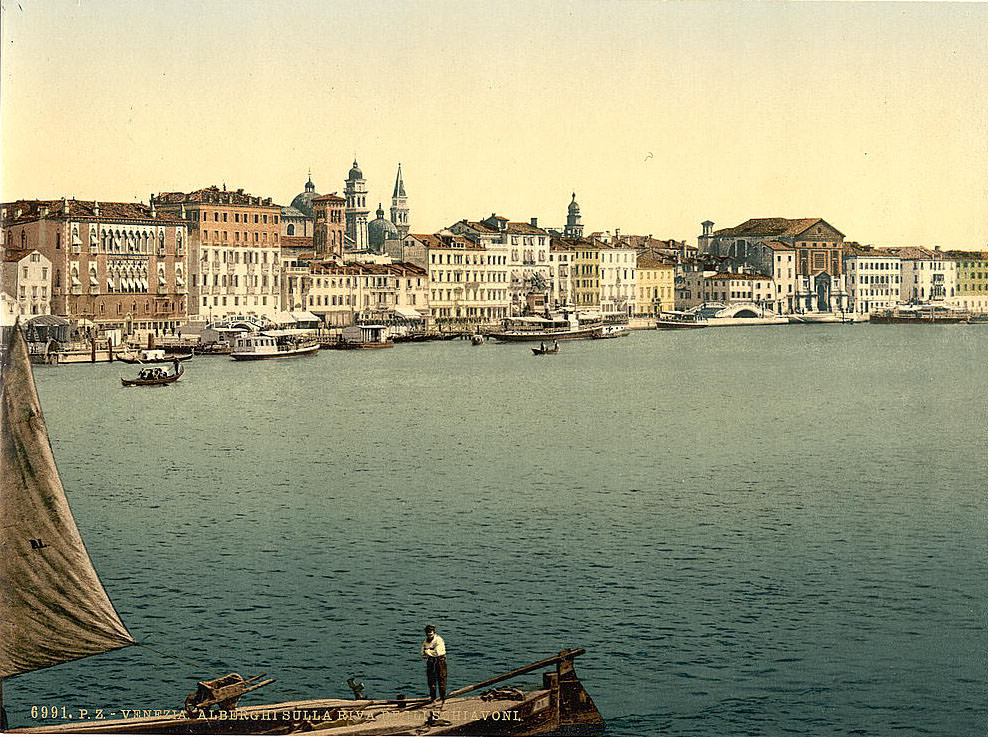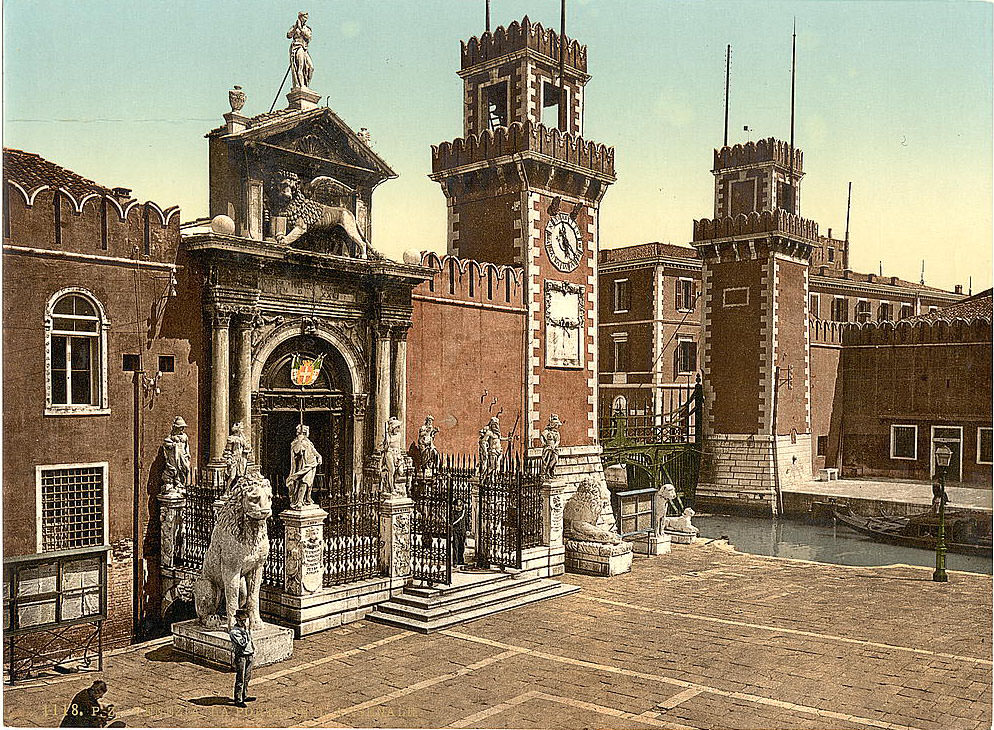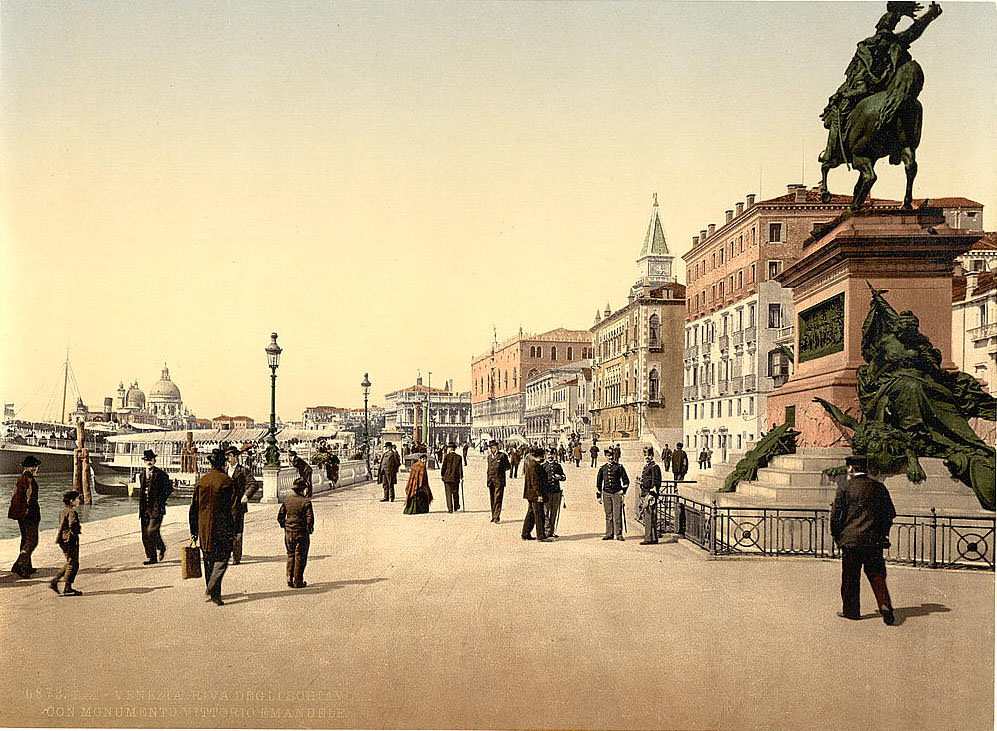Venice, the enchanting city of canals and gondolas, has captivated the hearts and minds of travelers and artists for centuries. In the late 19th century, the city was experiencing a transition period as it grappled with modernization, the rise of tourism, and the preservation of its rich cultural heritage. This post will explore the various aspects of Venetian life during this time, highlighting the city’s artistic scene, the impact of tourism, and the unique challenges its inhabitants face.
The Artistic Scene
Venice has long been a center for the arts, and the late 19th century was no exception. The city was home to a thriving community of painters, sculptors, and architects contributing to its vibrant cultural life. Venetian artists of the period, such as Ettore Tito and Guglielmo Ciardi, focused on capturing the city’s unique atmosphere with its shimmering canals, architectural marvels, and everyday scenes of Venetian life.
The city also attracted international artists drawn to its unparalleled beauty and history. The likes of John Singer Sargent, James McNeill Whistler, and Claude Monet visited Venice to create some of their most iconic works. The artistic exchange between local and foreign artists enriched Venice’s cultural scene, with many of their paintings now considered masterpieces of 19th-century art.
The Rise of Tourism
The late 19th century saw the emergence of Venice as a popular tourist destination, as the expansion of the railway network and the development of steamship travel made it more accessible than ever before. Wealthy Europeans, Americans, and even some adventurous Asian travelers visited the city to experience its unparalleled charm and history.
The arrival of tourism brought about significant changes in the city’s economy and social fabric. Hotels, restaurants, and souvenir shops sprang up to cater to the visitors’ needs, providing a much-needed boost to the local economy. However, the influx of tourists also led to concerns about overcrowding and preserving Venice’s delicate environment and historical sites.
Challenges Faced by the City and Its Inhabitants
Life in Venice in the late 19th century was shaped by the unique challenges its geography and history posed. The city’s intricate network of canals required constant maintenance and repair, as the risk of flooding and structural damage was ever-present. The Venetians were skilled in managing the waterways, but the costs associated with upkeep constantly burden the city’s finances.
As Venice transitioned from a once-powerful maritime republic to a city reliant on tourism, its inhabitants had to adapt to new economic realities. Traditional industries, such as glassmaking, lace-making, and shipbuilding, struggled to compete with cheaper imports from other parts of Europe, leading to declining employment opportunities for the local population. Many Venetians turned to the tourism industry for work, with some becoming gondoliers, waiters, or shopkeepers. The spirit of Venice remained strong, as its people continued to celebrate their unique culture and traditions. Festivals such as the Carnival of Venice and the Festa del Redentore were an integral part of the city’s social calendar, bringing Venetians together in a joyful celebration of their identity and heritage.
These spectacular historical photographs of Venice capture Towns, streets, roads, architecture, landmarks, canals, and everyday life in the late-19th century.








